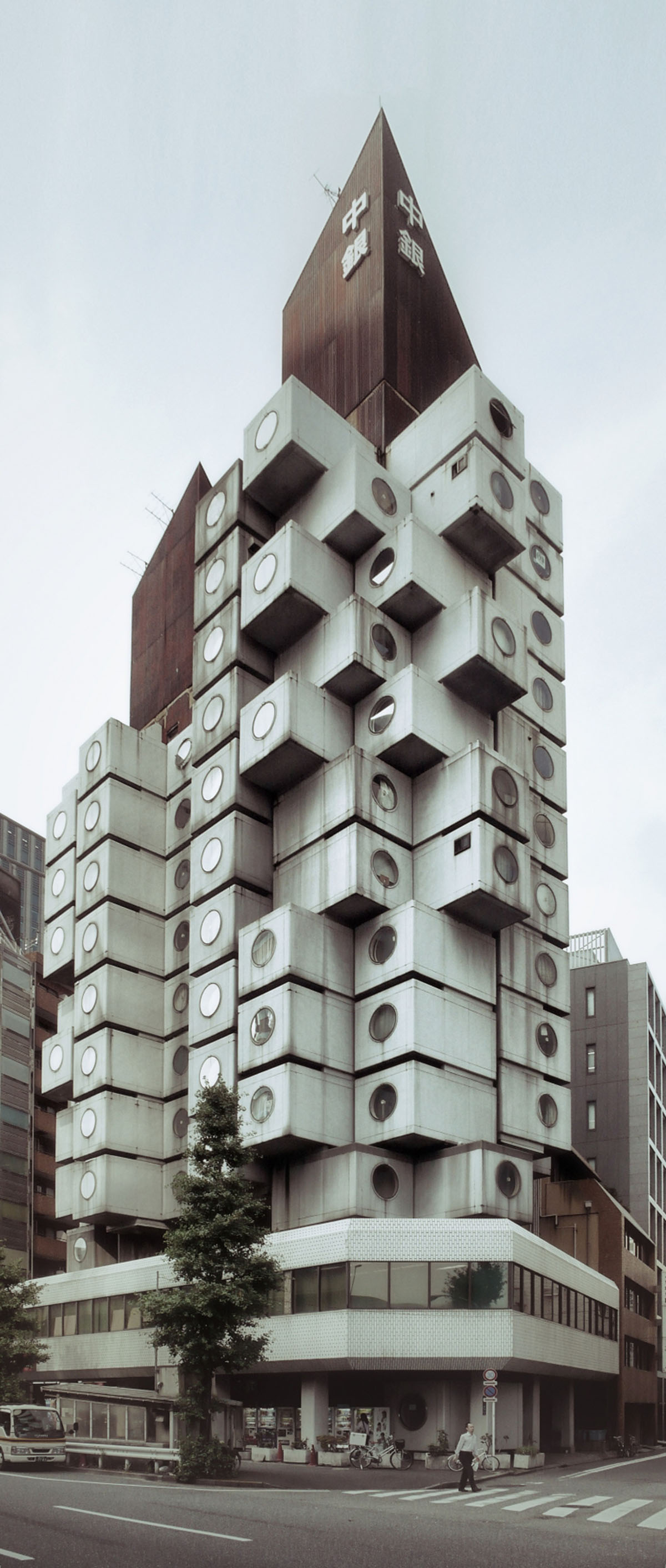Submitted by WA Contents
Nakagin Capsule Tower: Living in a Long Forgotten Future
Japan Architecture News - Nov 03, 2016 - 15:31 40963 views

A team of documentary filmmakers created a short documentary about the controversial project Nakagin Capsule Tower in Shimbashi, Tokyo designed by Kisho Kurokawa. Nakagin Capsule Tower didn't get any progress about its reuse or refurbishment until now, the historical building still requires pretty much liveable amenities inside.
Built in 1972, the cube-shaped units are meant to be individually detached and replaced as they age, but never were. The building has since fallen into disrepair and is slated for eventual demolition. The filmmakers look inside and display some unconventional details, needed some sort of improvements.
Tim Hall, a narrator in the film, says ''maybe nowhere else is the gap between the utopian 1960s and 70s dream of the future and the reality of life in the 21st century as acutely felt as right here.''
The Nakagin Capsule Tower is the world's first capsule architecture built for actual use. Capsule architecture design, establishment of the capsule as room and insertion of the capsule into a mega-structure, expresses its contemporaneousness with other works of liberated architecture from the later 1960's, in particular England's Archigram Group, France's Paul Memon, and Yona Friedman
The Nakagin Capsule Tower takes on the challenge of the issue of whether mass production can express a diverse new quality. The Tower also strives to establish a space for the individual as a criticism to the Japan that modernized without undergoing any establishment of an "self".
Kurokawa developed the technology to install the capsule units into a concrete core with only 4 high-tension bolts, as well as making the units detachable and replaceable. The capsule is designed to accommodate the individual as either an apartment or studio space, and by connecting units can also accommodate a family. Complete with appliances and furniture, from audio system to telephone, the capsule interior is pre-assembled in a factory off-site. The interior is then hoisted by crane and fastened to the concrete core shaft.
The Nakagin Capsule Tower realizes the ideas of metabolism, exchangeability, recycleablity as the prototype of sustainable architecture.
The Nakagin Capsule Tower has been short-listed for the World Heritage by the Inter-national Committee of Docomomo International since 1996. Selected as one of the 125 listings of DOCOMOMO Japan “Modern Architecture in Japan,” 2006.
Top image courtesy of Inspirationde
